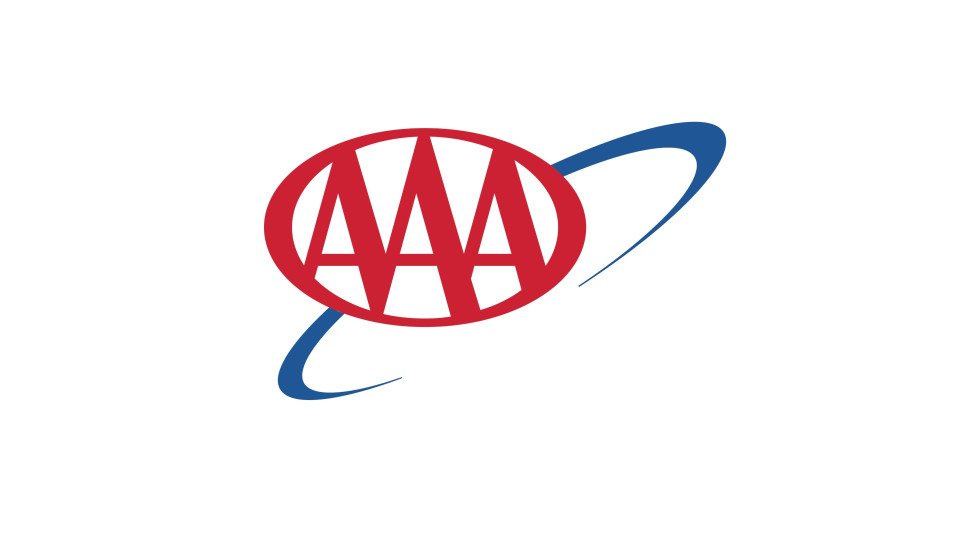Gas prices are dropping in West Virginia as demand hits a nearly 30-year low.

AAA reports that the average price of gasoline across northern West Virginia is 5 cents cheaper this week at $1.851 per gallon.
AAA said eight Mid-Atlantic and Northeast states have gas prices of $2 per gallon or more, including Pennsylvania and Washington, D.C.
North Carolina has the cheapest average in the region at $1.76 per gallon.
For the week, AAA reports gas prices are 3 to 15 cents cheaper in the region.
For northern West Virginia, the average price during the week of March 30, 2020 was $1.905 per gallon, while one year ago, during the week of April 8, 2019, it was $2.710 per gallon, according to AAA.
The following is a list of the average prices in several West Virginia locations:
$1.999 Bridgeport
$1.993 Clarksburg
$1.834 Huntington
$1.955 Martinsburg
$1.877 Morgantown
$1.819 Parkersburg
$1.694 Weirton
$1.638 Wheeling
Nationally, the average price is a bit higher at $1.92 per gallon. However, AAA reports this is 9 cents cheaper than last Monday, 48 cents less than one month ago and 81 cents less expensive than one year ago.
The latest Energy Information Administration (EIA) weekly report puts demand for gasoline at 6.7 million barrels per day – a nearly 30-year low – and it is likely to push lower as Americans are urged to stay at home at least until the beginning of May, according to AAA. This mark is the lowest for demand since 1993.
This week, market analysts are watching crude oil prices, which started to increase at the end of last week, AAA stated. At the end of Friday’s formal trading session, West Texas Intermediate increased by $3.02 to settle at $28.34 per barrel. This is largely due to the news that the Organization of the Petroleum Exporting Countries (OPEC) and its partners, including Russia, plan to hold an emergency meeting to discuss potentially curtailing the global oversupply of oil. However, given the drastically low demand readings, the current increases in crude aren’t likely to have a large impact on gas prices in the near-term, according to AAA.
In addition to crude oil, market analysts are also watching refinery rates. The U.S. refinery utilization average is down to 82%, a low not seen since September 2017, AAA said. Given the drop in crude oil and gasoline demand, which is expected to push even lower, refineries are reducing production in hopes this could help to balance the amount of gasoline supply in the country.